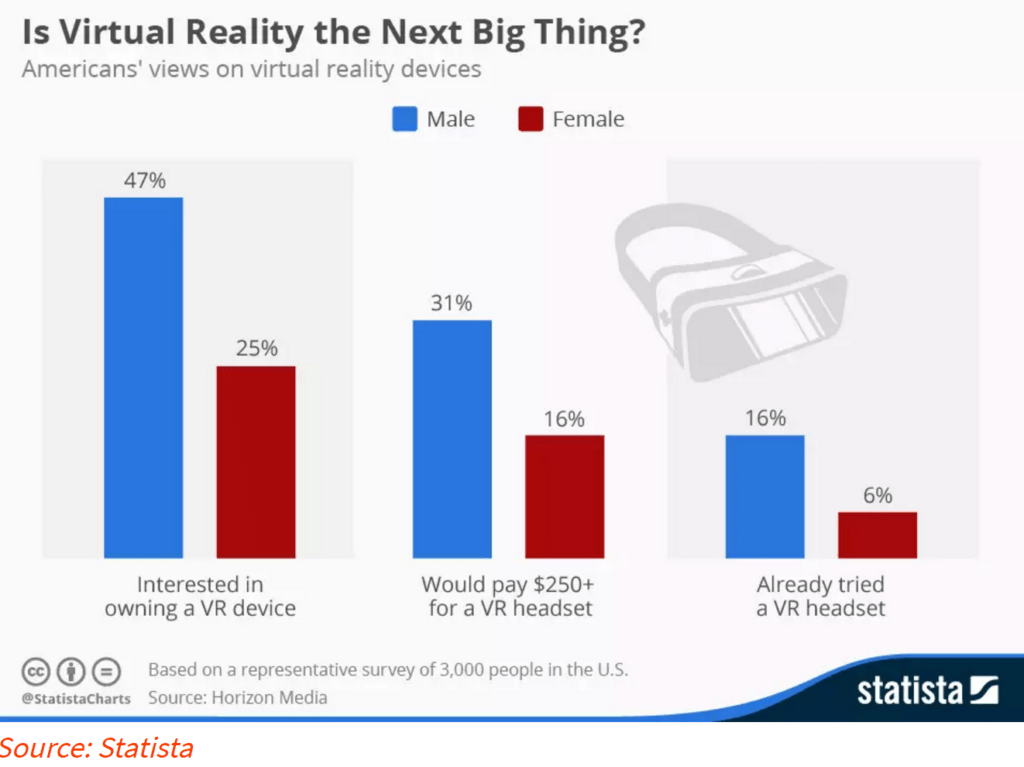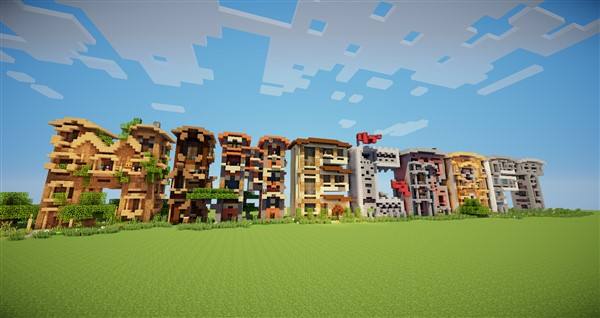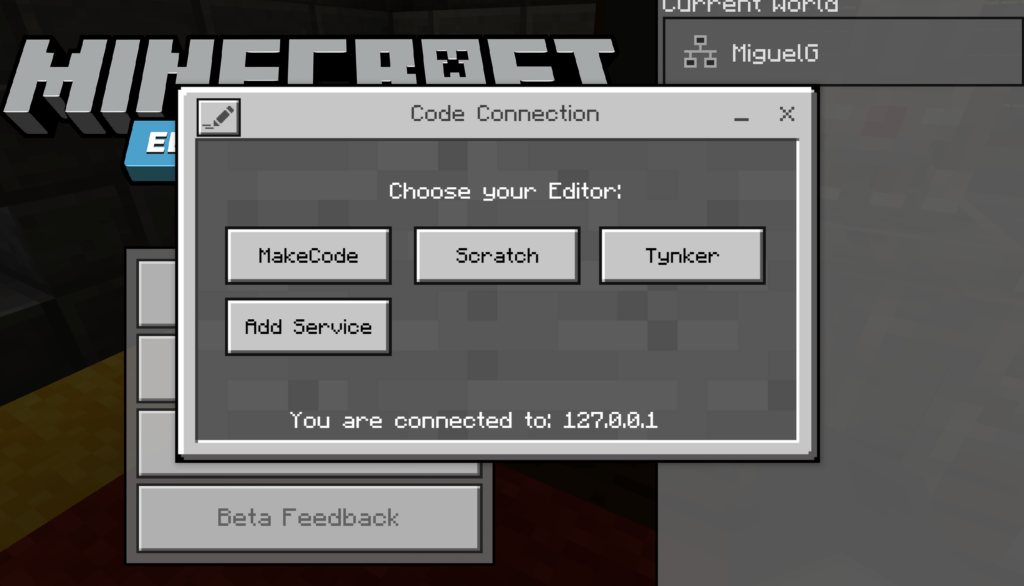Ready to prepare your students for the future? Why not help them become construction workers? Microsoft is ready to assist you.
If you are getting ready to upgrade your fleet of school district devices to Windows 10, make sure that you take advantage of this new offer to get Minecraft: Education Edition (MCEE) for free. When you purchase a new Windows 10 device for your school, you will receive a one-year subscription to MCEE. Not familiar with Minecraft: Education Edition (MCEE), an open-world virtual world construction set that promotes creativity, collaboration, and problem solving in an immersive environment?
Let’s quickly review three reasons why you would want your students to have access to what is a virtual world construction set (read benefits of construction sets for children) and programming tool.
Reason #1 – Virtual Space Construction Workers Comprise Jobs of the Future
While K-12 educators may be focused on reading, writing, and arithmetic, knowing how to create and modify virtual worlds has become an emerging future job skill. In fact, technologies like Microsoft HoloLens, as well as SketchUp Pro, rely on the ability to interact in virtual space. Making physical models costs time and money, and going virtual reduces those costs.
Mixed reality models in SketchUp Viewer can be infinitely reconstructed and re-scaled to suit your needs.If you haven’t seen it yet, then you will definitely want to check out these videos that introduce you to the concept of architecture and construction in virtual space. Students who want a shot at the jobs will need to learn how to build, work collaboratively, communicate, and connect with other virtual space construction workers. Like all of yesterday’s jobs, they are going digital. Just as the textile industry is moving from traditional fabrics to 3D printed outfits, so is construction.

Image Source: Arkenea
NASA relies on virtual reality to train astronauts. And everyone knows that NASA astronauts are highly-trained construction workers, building international space stations and other structures in space. With Minecraft: Education Edition (MCEE), students are able to pick up essential skills such as collaboration, planning, modeling, and building to scale. Aren’t you ready to give your students this opportunity?
Reason #2 – Open World Facilitates X-Based Learning
Replace the X in X-BL with one of the following words: project, problem, passion, or inquiry. Whatever version you choose, these terms all refer to the same type of engaging, active learning that has long-term benefits for student achievement. The benefits of X-BL include:
- Open-ended questions or tasks
- Authentic applications of content and skills
- Student independence and inquiry
- More multi-faceted and involved than traditional lessons or assignments
I refer to “multi-faceted” as a wrinkly brain vs a smooth brain. What’s the difference? Well, human beings have wrinkly brains, but rats have smooth ones. Wrinkles increases the brain’s surface area for neurons, which is a good thing apparently. So ask yourself, “Is my lesson wrinkly or smooth, multi-faceted or traditional?” If the former, then you know that there are various benefits to providing open-ended questions or tasks to students. One way to accomplish this is to introduce students to MCEE as a way to externalize their knowledge and information processing. MCEE serves as an excellent way for students to develop future work skills (read the research report) including:
- Sense-making: the ability to determine the deeper meaning or significance of what is being expressed. Prior to working in MCEE, students must gain a gestalt perspective of what is the end result imagined or sought after.
- Social intelligence: the ability to connect to others in a deep and direct way, to sense and stimulate reactions and desired interactions. In MCEE, for example, students can build human interfaces for simple machines in a virtual space.
- Novel and adaptive thinking: a proficiency at thinking and coming up with solutions and responses beyond that which is rote or rule-based. In MCEE, projects students engage in can be intentionally designed to be open-ended, requiring them to engage in adaptive learning.
- Cross-cultural competency: the ability to operate in a different cultural settings. In MCEE, students are not simply collaborating with peers in close proximity to each other. They have the opportunity to connect globally with other MCEE students (in other countries), communicating and collaborating at a distance with diverse users.
- New-media literacy: the ability to critically assess and develop content that uses new media forms and to leverage these media for persuasive communication. In MCEE, students can create structures and develop explanations of their creations that can only be shared using new media (e.g. video).
These are only a few of the ten skills for the future workforce. Let’s explore how Minecraft: Education Edition (MCEE) can also enhance yet another one of these ten skills, computational thinking.
Reason #3 – MCEE Makes Computational Thinking Approachable
Computational thinking may be described as a person’s “ability to translate vast amounts of data into abstract concepts and to understand data-based reasoning” (Future Work Skills 2020 report). In coding or programming, computational thinking describes how various processes can be used to understand and solve a problem with technology.
The Three As present one simple approach of understanding computational thinking and exploring how MCEE supports it:
- Algorithms involve using a sequence of steps to solve a problem
- Abstractions involve reduction of a problem to its bare essence
- Automation involves using tools to automate the solution to the problem (source)
Although many schools have been introduced to The Hour of Code with Minecraft, Microsoft has provided an incredible way to have students create code (programming or block coding). That is, students rely on built-in coding tools such as block coding (e.g. Tynker, Scratch) or programming (e.g. Javascript). What’s powerful about this is that students can begin creating instructions (an algorithm) that uses tools (a “coding agent”) to automate processes in Minecraft: Education Edition (MCEE). That means that students create the instructions that result in a physical manifestation in virtual space.
Watch this video, Introducing Make Code for Minecraft, to get a deeper understanding:
Unleash the Master Builder in Your Students
Ready to get students started as master builders? Realize that before they can gain a competitive edge on other builders, they must spend time, energy, and effort to learn critical future work skills. What’s more, children, like adult humans, also seek validation for their work. That can happen in schools with education professionals. Get started now and complete this form.


